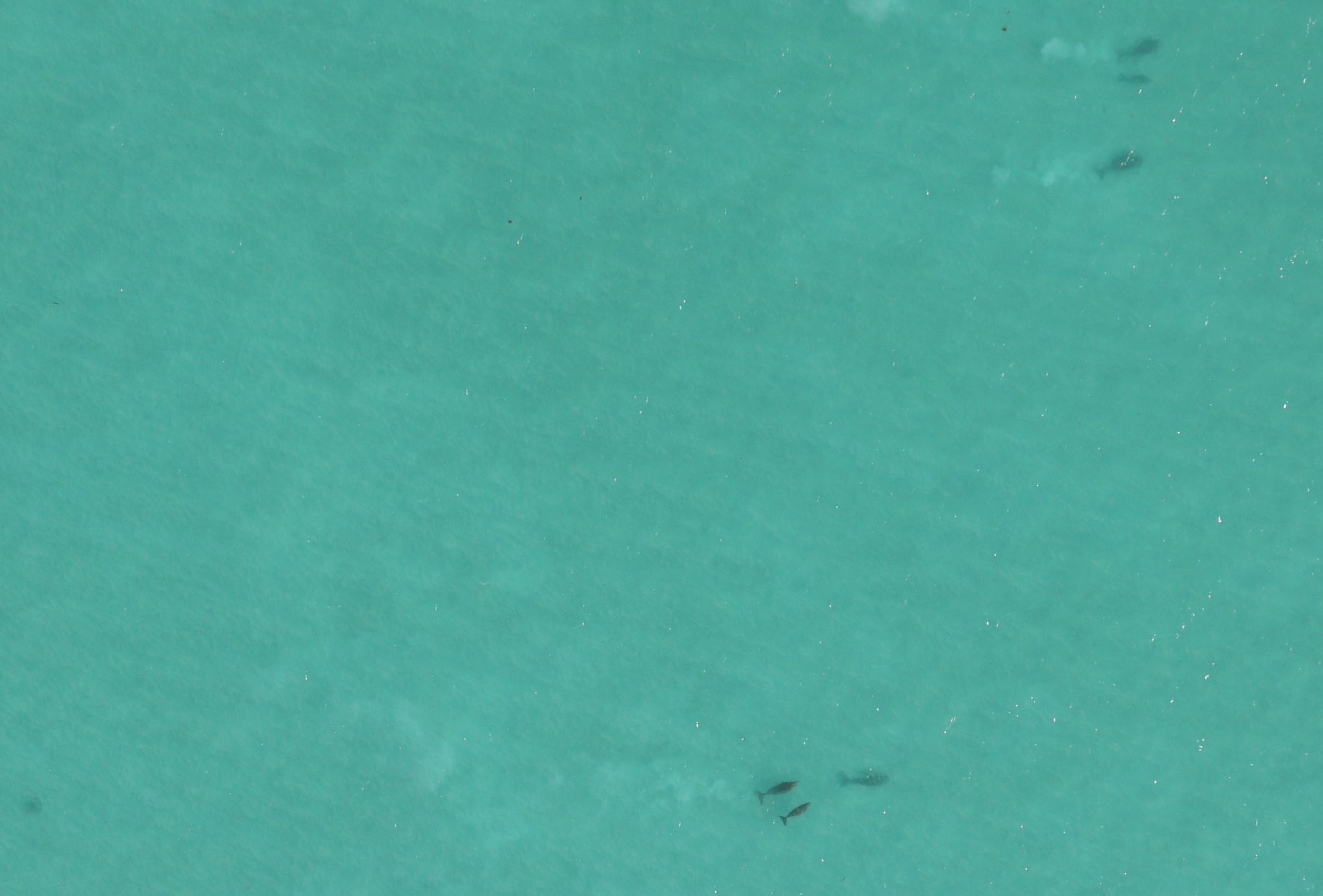
*image courtesy SIF Seychelles
BGF5
Type: Large
Lead Project Partner: Seychelles Island Foundation (SIF)
Partners: Centre for Tropical Water and Aquatic Ecosystem Research (TropWATER), James Cook University (JCU), Australia
SeyCCAT funds: SCR 2,000,000
Co-financing: SIF SCR 708,000
Duration: 24 months
Project story:
Dugongs (Dugong dugon) are marine mammals that inhabit shallow waters in about 38 countries across Southeast Asia and East Africa. Unfortunately, they are currently classified as vulnerable to extinction by the IUCN Red List due to habitat loss, entanglement in fishing gear, illegal hunting, boat strikes, and ingestion of marine debris. The situation is particularly alarming in the Western Indian Ocean (WIO). Historically, dugongs were abundant in Seychelles, but today they are found only in Aldabra. It is estimated that there were 25 individuals living in Aldabra waters in 2018.
The available data on the dugong population is mainly qualitative, and little up-to-date quantitative information is available on the population status, distribution, and ecology of these mammals. Yet, this information is essential for developing conservation and management strategies to protect dugongs. The vastness and remoteness of the Aldabra atoll have made previous attempts to collect quantitative data unsuccessful.
The Seychelles Island Foundation (SIF), an NGO managing the Aldabra atoll, has secured a large Blue Grants Fund grant for a survey project on the dugong population. The SIF team plans to use unmanned aerial vehicles (UAVs), or drones, to obtain detailed information on the dugong population, the size of their habitat, and other essential data points that serve as policy and regulation inputs.
Aerial surveying is a well-established technique for studying the population size and distribution of marine megafauna. The high vantage point allows for the sighting of animals both near the surface and on the seafloor in clear shallow waters, which is particularly advantageous for species that surface rarely and spend little time at the surface, such as dugongs. Aerial surveys are also less invasive and more efficient than other methods, including boat-based surveys. The low disturbance is especially important when monitoring dugongs, which are wary of humans and avoid encountering boats.
In remote locations like the Aldabra atoll, drones with GPS and imaging systems are particularly suitable, allowing for more precise, risk-free, and cost-effective data collection. The imaging systems provide a permanent, high-resolution visual record of sightings, making the detection and identification of species more accurate and permitting to survey co-existing species at the same time.
This two-year project consists of five components: (1) training of staff in UAV piloting; (2) developing and conducting aerial surveys of the Aldabra lagoon and reef; (3) exploring further options for the use of UAVs at Aldabra and elsewhere; (4) knowledge transfer of activities and results in national, regional, and international forums; and (5) raising public awareness about the need for dugong conservation and Aldabra as a critical dugong habitat.
Ultimately, this project will inform the decision-making of SIF, government authorities, and conservation managers in the region to improve the management of marine protected areas and dugong conservation efforts. It will also significantly contribute to Seychelles’ commitments under the Convention on Migratory Species and the Memorandum of Understanding on the Conservation and Management of Dugongs and their Habitats throughout their Range (the “Dugong MoU”). Finally, the project will build capacity for marine mammal conservation and open new avenues for managing Aldabra Atoll using drones.
In the video, the SIF team talks about the project and shares their insights into BGF grant application process.
